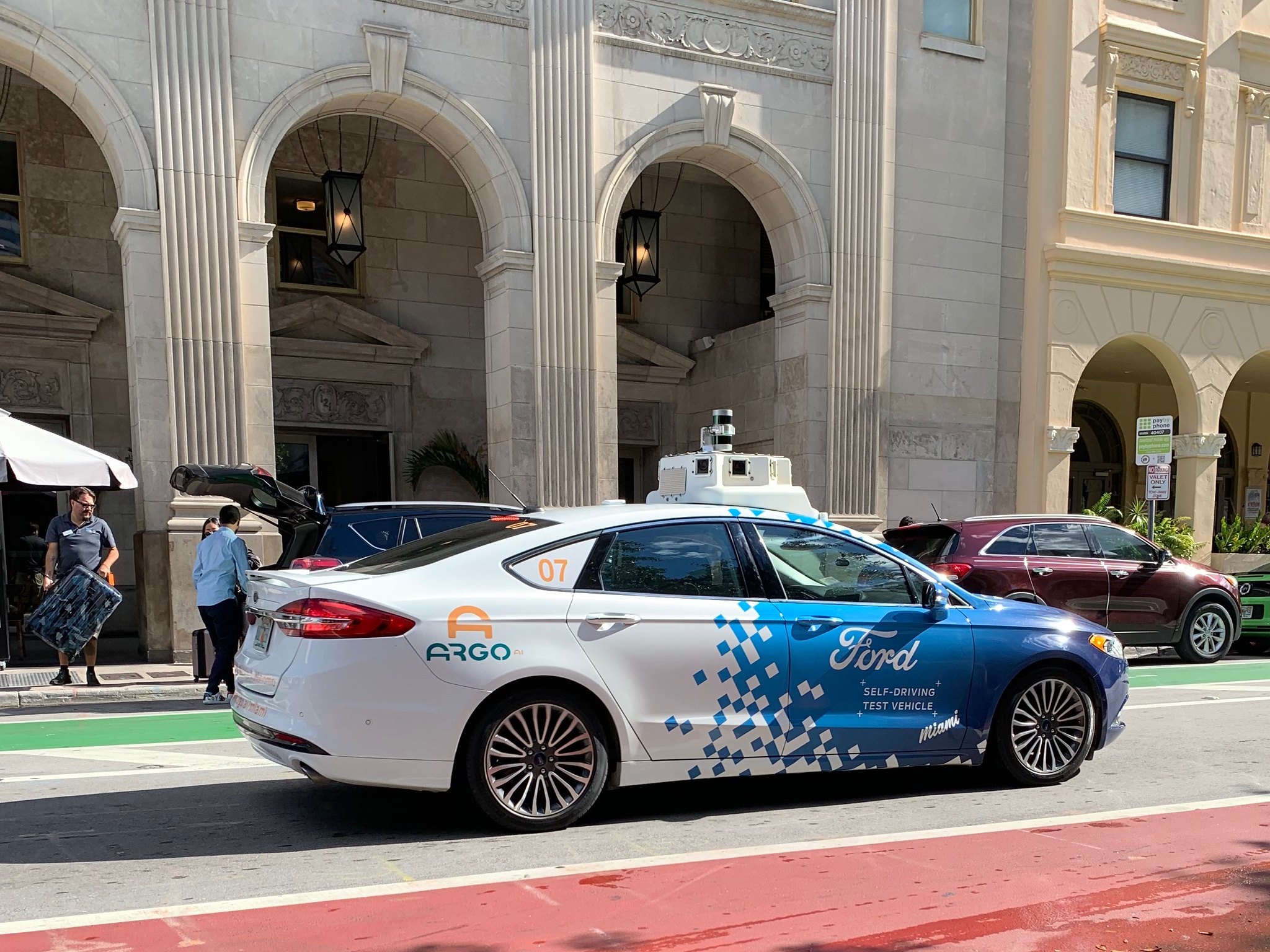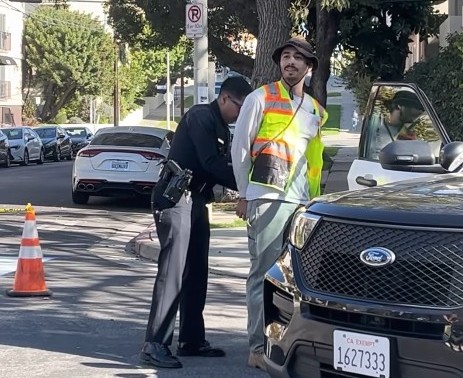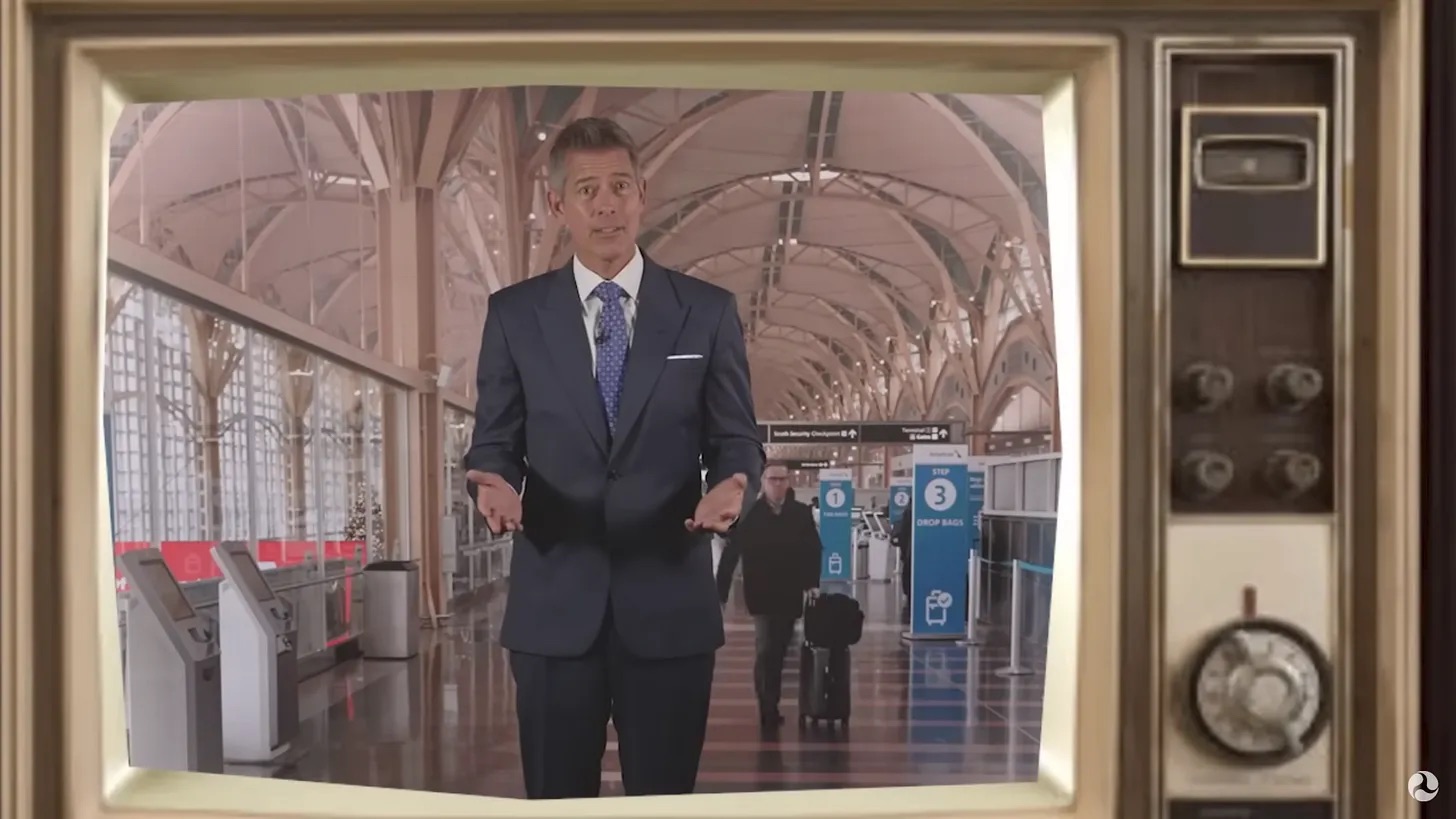Yes, says urban planner Neil Payton. From his guest column today on Reconnecting America's blog:
Denver's light rail, in the background, ended up increasing the value of nearby homes. (Photo: Denver Post)
Either [local planners] view [transit access] as too distant a possibility to factor in or,
ironically, they view rail transit as a means to get employees to
sprawling office parks built with ample municipal tax breaks or as a
park-and-ride commuting option for residents. And so even if transit is
being considered as part of a larger regional plan, sites are sought
that can provide highway visibility and acres of surface parking.The reality is that planning for rail transit in these communities as
part of a larger strategy of transit-oriented development [TOD] makes sense,
whether or not the train ever arrives. Such planning ultimately
promotes the long-term economic viability and environmental
sustainability of these downtowns.
Payton's assessment tracks with on-the-ground data from cities such as Denver, where property near the first local light-rail line grew more valuable even as the broader housing market declined last year. Even now, as Denver's rail expansion slows down, the New York Times found nonprofit groups snapping up land near future transit sites to ensure working-class access to the lines.
Still, localities' fondness for pairing transit with park-and-ride structures (often aided by federal funding) is unlikely to abate in the short term, particularly without Washington raising its voice in promoting best practices for TOD.
But it's easier to envision the Obama administration, perhaps through a much-needed reform to the New Starts grant program, deciding to award transit money to cities and towns that pursue mixed-use development very early on in the process.
When local officials decide to pursue the downtown revitalization that Payton discusses, their priorities often begin and end with economic growth -- those often-misguided municipal tax breaks, are often used to lure new employers to a particular area. A federal system that rewards localities for promoting density even in the absence of transit would provide a powerful incentive to look beyond businesses promising that, say, 1,000 new parking spaces are a prerequisite for job creation.





